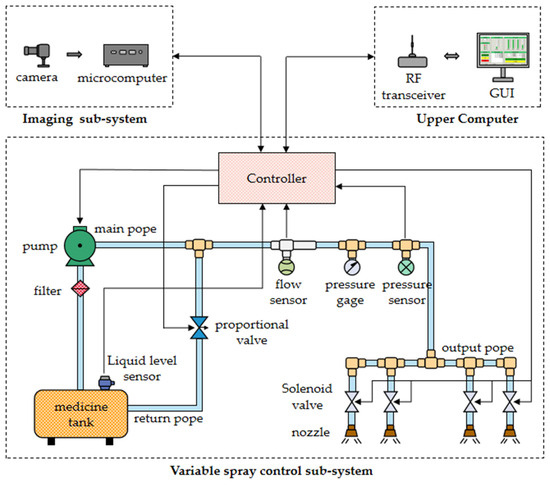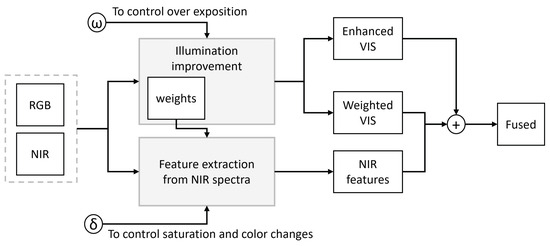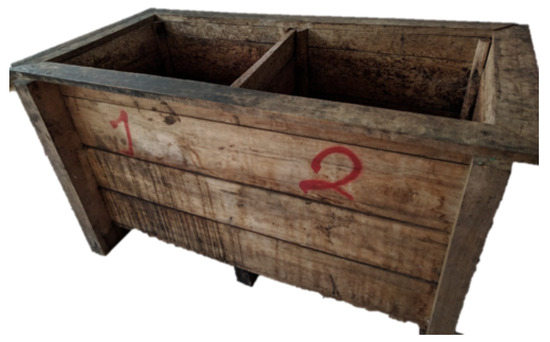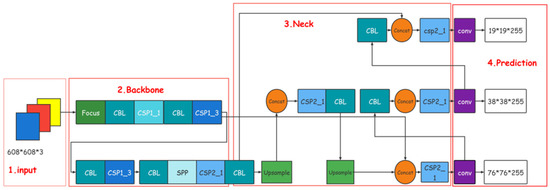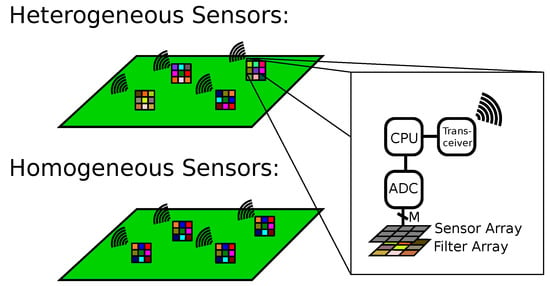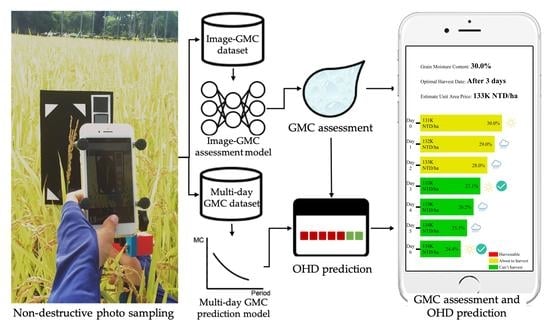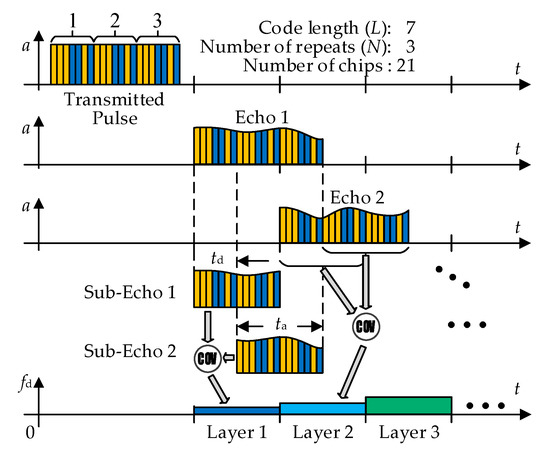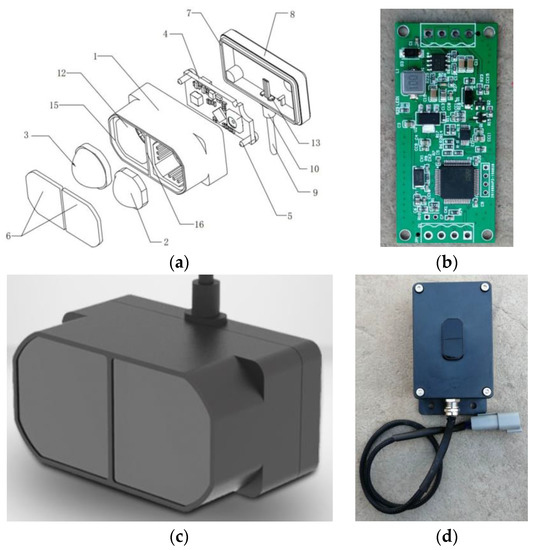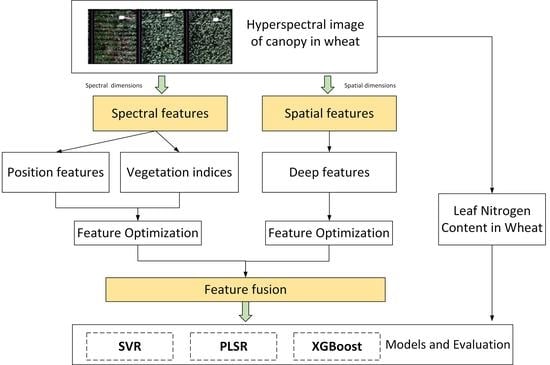Sensing Technology in Smart Agriculture
A topical collection in Sensors (ISSN 1424-8220). This collection belongs to the section "Sensor Networks".
Viewed by 31925Editors
Interests: smart agriculture; sensors in agriculture; UAV; precision agriculture
Special Issues, Collections and Topics in MDPI journals
Interests: smart agriculture; UAS; remote sensing; plant phenotype and disease-pest monitoring; crop yield prediction; variable spraying system; deep learning; imaging processing technology
Special Issues, Collections and Topics in MDPI journals
Topical Collection Information
Dear Colleagues,
In the era of the IoT and Smart Agriculture, sensors and sensing technology are the key points to future information acquisition, big data processing, and smart decision-making applications. Agricultural sensors are vital to the development of agricultural digitization, informatization, and intelligence. They are an important support for solving the first kilometer data resource of agricultural information for soil, plant, air, and water products. Sensors are of great significance to the green, ecological, and sustainable development of world agriculture.
This Topical Collection is addressed to all types of sensors and applications for the agricultural field, including soil, plant, air, water and agricultural products.
Prof. Dr. Yong He
Prof. Dr. Fei Liu
Collection Editors
Manuscript Submission Information
Manuscripts should be submitted online at www.mdpi.com by registering and logging in to this website. Once you are registered, click here to go to the submission form. Manuscripts can be submitted until the deadline. All submissions that pass pre-check are peer-reviewed. Accepted papers will be published continuously in the journal (as soon as accepted) and will be listed together on the collection website. Research articles, review articles as well as short communications are invited. For planned papers, a title and short abstract (about 100 words) can be sent to the Editorial Office for announcement on this website.
Submitted manuscripts should not have been published previously, nor be under consideration for publication elsewhere (except conference proceedings papers). All manuscripts are thoroughly refereed through a single-blind peer-review process. A guide for authors and other relevant information for submission of manuscripts is available on the Instructions for Authors page. Sensors is an international peer-reviewed open access semimonthly journal published by MDPI.
Please visit the Instructions for Authors page before submitting a manuscript. The Article Processing Charge (APC) for publication in this open access journal is 2600 CHF (Swiss Francs). Submitted papers should be well formatted and use good English. Authors may use MDPI's English editing service prior to publication or during author revisions.
Keywords
- sensors for soil
- sensors for plants
- sensors for air and water
- sensors for crop disease
- sensors for agricultural products
- UAV sensors and applications
- spectral sensors and applications
- heavy metal detection sensors
- robot sensors in agriculture
- agricultural equipment monitoring sensors







